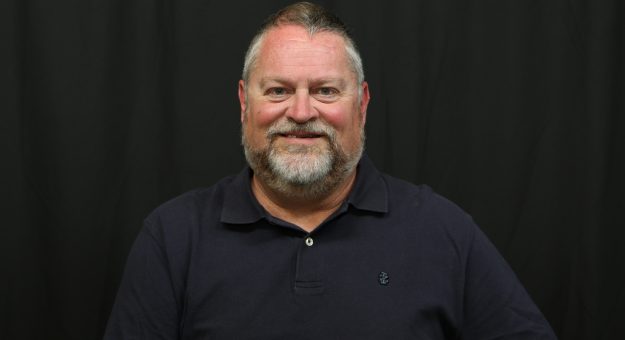MOORESVILLE, N.C. — As winter raged on through much of the U.S., it became more and more apparent that the country and the racing industry were facing another six months of the COVID-19 pandemic.
It’s been one year since the COVID-19 shutdown began and for all of those who believed last year was a bad year, it appears 2021 could be nearly as challenging, especially in auto racing.
While it is true that several promising vaccines have been approved for use in the United States and more are on the way, the vaccination schedule and procedures vary significantly from state to state.
The state policies in North Carolina and Indiana are not the same as California and New York.
When the Daytona 500 was run on Feb. 14 at Florida’s Daytona Int’l Speedway, NASCAR teams continued to operate in a “bubble” with spectator attendance limited to 30,000 fans. There were also highly restrictive media policies to limit the number of media covering the event.
While the vaccines give hope that one day this nightmare will come to an end, there simply aren’t enough people vaccinated in the United States to allow that to happen any time soon.
By early February, more than 445,000 COVID-related deaths had occurred in the U.S. with more people dying every day. By comparison, an average flu outbreak causes between 12,000 to 40,000 deaths.
President Joe Biden indicated that 75 percent of U.S. citizens should be vaccinated before many of the restrictions are lifted.
President Biden is hopeful that by October large groups of spectators can return to sporting events without wearing masks.
But the current vaccination rate is far behind the rate needed to hit 75 percent of the population by October. There isn’t enough vaccine, there is confusion about when certain population groups are eligible and, frankly, there remains a tremendous amount of skepticism about the safety of the vaccine.
Some citizens who have been eligible have chosen not to be vaccinated based on a fear of the vaccine’s safety.
Fans who thought they could return to the Indianapolis Motor Speedway for the 105th Indianapolis 500 to celebrate another spectacle with a full crowd should be prepared for bad news.
It’s highly unlikely there will be enough vaccinations by May 30 to allow a near-capacity crowd.
“We are strategizing for next year’s 500 looking at it from 50 percent capacity to 30 percent to 10 percent capacity,” Penske Corp. President Bud Denker told SPEED SPORT. “All I can say is the race will be held on May 30, its traditional date, and we are going over different scenarios regarding how many spectators will be allowed to attend.
“If I were to guess, it will be a big crowd, closer to the larger number than the smaller one.”
Penske Entertainment CEO Mark Miles has hopes of at least 50 percent attendance on race day.
With 235,000 permanent seats, 50 percent capacity would be 117,500 fans at IMS. That is close to the 90,000 spectators that IMS officials originally wanted to have attend the 104th Indianapolis 500, that was run on Aug. 23 without spectators.
IndyCar has also adjusted its schedule because of the ongoing pandemic. Instead of starting the season March 7 with the Firestone Grand Prix of St. Petersburg, the season will open April 18 at Barber Motorsports Park in Alabama. The St. Petersburg event is now scheduled for April 25.
There was no race at Barber Motorsports Park last year because of COVID-19.
The Acura Grand Prix of Long Beach has been moved from its traditional mid-April date to the season finale on Sept. 25 in the hope the state of California will allow spectators by then.
The Honda Indy Toronto is on the schedule for July 11, but that will once again be dependent on the Canadian government. For now, spectators are not allowed to attend sporting events in Canada.
Attendance at racing events in the United States depends on local and state government regulations during the pandemic and they are different depending on the location.
It’s another challenging time for auto racing, and even more troublesome for IMS and IndyCar owner Roger Penske.
Shortly after he purchased Indianapolis Motor Speedway and IndyCar from the Hulman- George family, the pandemic began and Penske has yet to see his massive purchase bear financial fruit.
